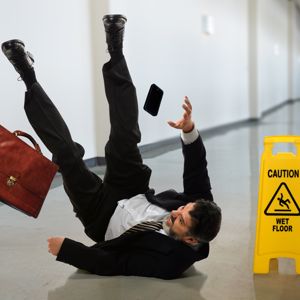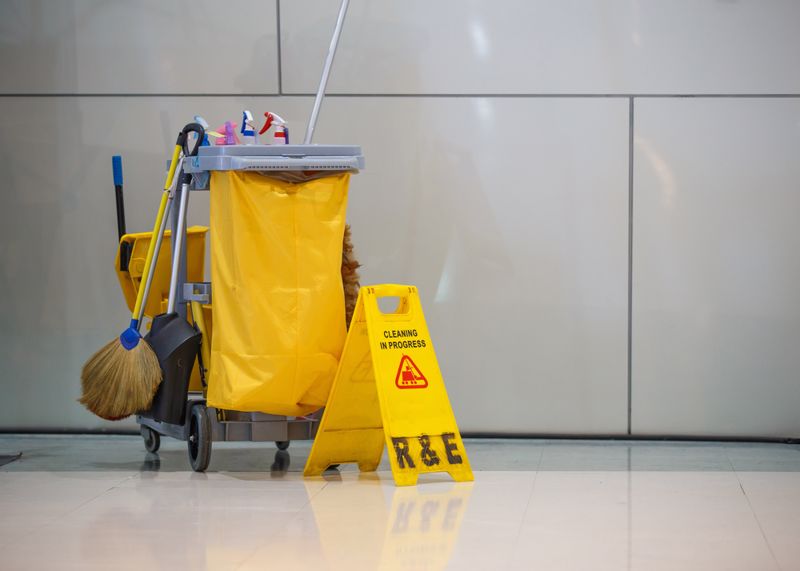
6 considerations to reduce slip-and-fall injuries at work
July 23, 2020 3:47 pm Leave your thoughts
Employees, managers and owners at small businesses have a lot to deal with at any given time, but that's hardly an excuse to let safety concerns pass notice. While most small businesses aren't going to have the spate of safety issues that come in industrial settings, there's one risk that's universal to almost every type of company: slip-and-fall incidents.
While someone falling to the ground on your property may not seem like a major problem, it can actually lead to serious injury and, as such, result in liability issues for your company. As such, instituting the following changes could go a long way toward reducing both types of risk:
1) Highlight safe walking skills
While it might seem like a strange thing to make part of your safety training, safe walking – especially around any equipment or machinery in your facility – is a must for your employees, according to the Timber Products Manufacturers Association. That means getting your workers more accustomed to walking on slippery, slick or inclined surfaces so that they always know how to keep their balance and maintain their center of gravity.
2) Put up signage
When there are increased risks of slipping, tripping or falling – everything from steps and inclines to recently mopped floors – it's important to put up a sign so that people who might not have been paying close attention get a little warning of what they will soon encounter, the TPMA said. This is good because it both cuts into the risk of an accident and reduces your company's liability around an accident.

3) Don't leave spills or clutter unattended
Lots of people are busy when they're at the office, but that's no excuse to leave a mess unaddressed, according to Safety + Health. Whether they drop a box full of items or spill coffee on a tile floor, employees should make all efforts to clean it up immediately. Whether that's a task they undertake themselves or they alert your company's cleaning professionals, nothing of this type should be left to linger.
4) Cover your cables and cords
Whether in an office or industrial setting, it seems cords run everywhere these days, Safety + Health noted. That means you have a huge number of potential stumbling points in your facility that you might not be doing enough to address. Dealing with the issue may mean investing in coverings that keep cords secured to the floor or otherwise out of the way of areas where people are walking.
5) Brighten up your facility
Simply put, it's easy to trip or slip on obstacles you can't see, so you need to make sure your whole building and its surrounding area are well-lit, according to the Canadian Centre for Occupational Healthy and Safety. That way, if there is a potential problem in anyone's path, they can more easily sidestep it.
6) Take your focus outside
Many of the above concerns are about the safety challenges you may face inside your office, but you can't forget about your building's exterior, the CCOHS added. Whether it's evening out uneven areas of a walkway, patching up potholes in the parking lot or eliminating ice as soon as it forms, you have to take care of these issues to reduce liability.
Categorised in: Asset & Liability Protection
This post was written by





